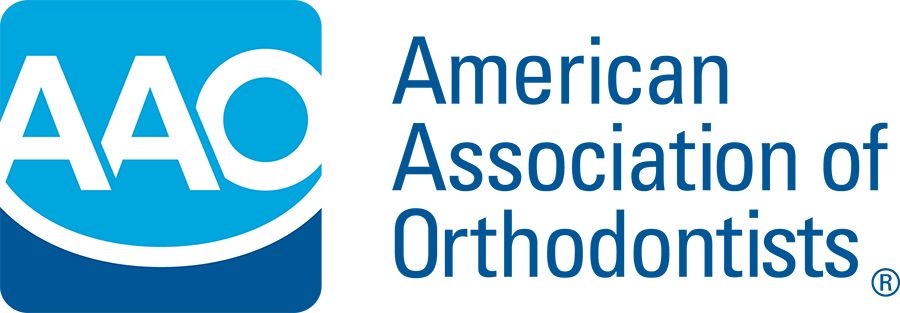AAO Warns Against Unregulated Practice of "Mewing"
Popular trend lacks scientific backing and has potential to cause potentially harmful side effects.
AAO Warns Against Unregulated Practice of "Mewing" | Image Credit: © American Association of Orthodontists

A popular social media trend, known as "mewing," is raising concerns within the American Association of Orthodontists (AAO) due to its potential for causing unintended, and potentially harmful, side effects.
The social media trend is one of the latest viral trends, but the AAO warns that any unproven benefits are not worth the potential risks. Mewing1, named after controversial orthodontist John Mew, who lost his license due to unsupported claims2, advocates for specific tongue placement as a way to reshape the jawline and improve facial esthetics.
However, the AAO says this unregulated practice lacks scientific backing and carries risks of:
- Dental Issues: Chronic pressure from mewing can loosen teeth, misalign bite, and contribute to tooth wear and tear
- Speech Impediments: Altered tongue placement can affect speech patterns and clarity, causing slurring or pronouncing difficulties
- Mewing may require complicated treatment to resolve issues
"While proper tongue posture plays a role in oral health and development, mewing oversimplifies the complexities of facial structure," emphasizes Myron Guymon, DDS, MS, AAO president in a press release. "There's no scientific evidence to support its claims of reshaping the jawline, and the potential risks outweigh any unproven benefits."
Social media is a powerful tool for informing the public in many subject areas, including mewing, but it is not regulated by experts; unfortunately, many members of the public quickly fall prey to theories that have not been scientifically tested,1 the AAO adds in the press release.
The association advises against relying on unproven, online trends for altering facial features. Orthodontic treatment remains the safest and most effective way to address jaw misalignment and cosmetic concerns, the AAO states.
The AAO represents 19,000 orthodontist members throughout the United States, Canada, and abroad. Founded in 1900, AAO is the world's oldest and largest dental specialty organization.